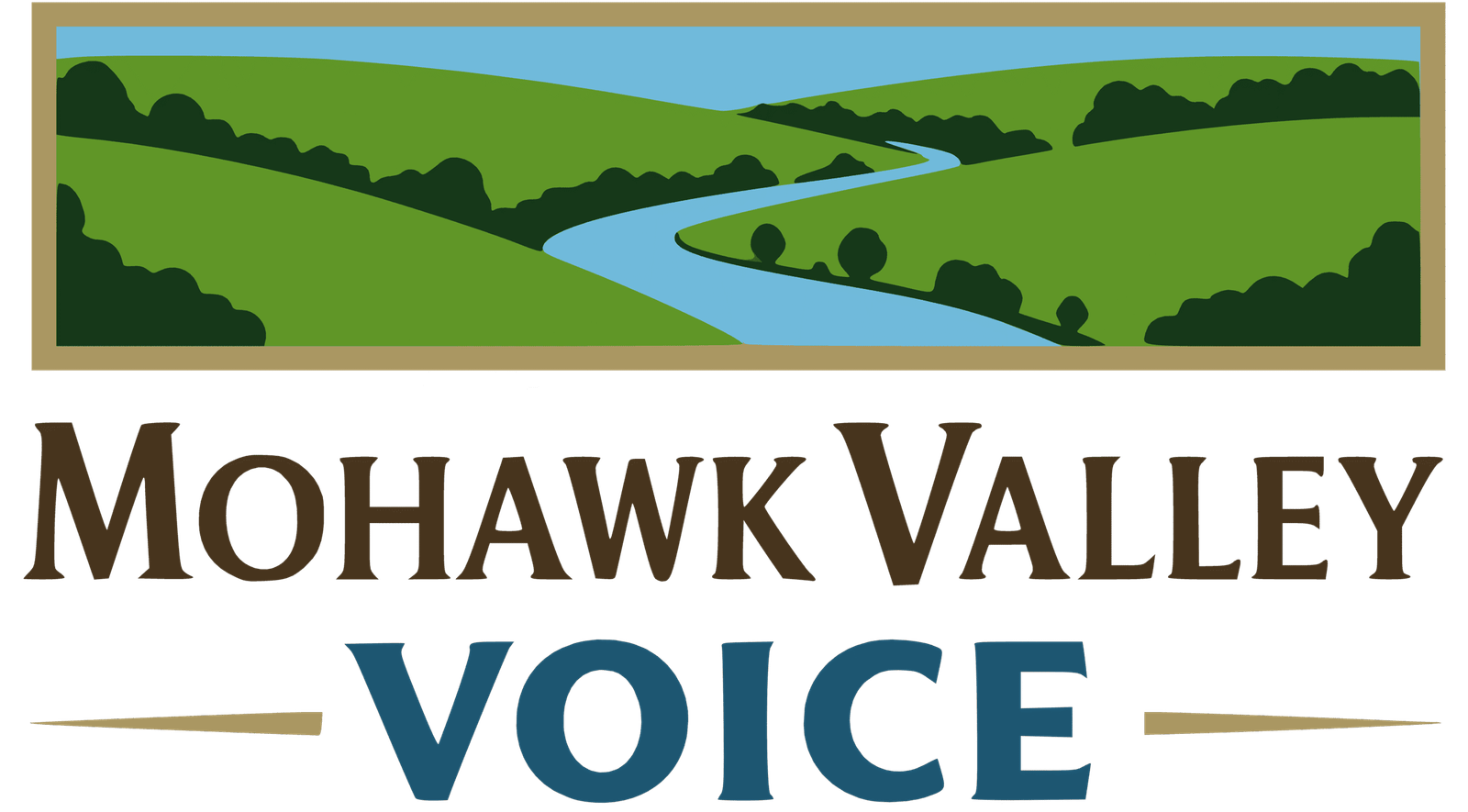Syracuse Airfare Prices Increase by 6%: What’s Driving the Rise and What It Means for Travelers
Airfare Prices at Syracuse Hancock International Airport Rise 6%: What You Need to Know
Airfare prices at Syracuse Hancock International Airport have jumped by 6% compared to last year. This surge outpaces the national average and has raised questions for businesses, families, and frequent flyers in Central New York. Travelers have seen ticket prices climb amid rising demand and regional economic changes. Read on for a comprehensive breakdown of the causes behind the increase, its impact on the Mohawk Valley, and actionable tips to navigate the higher fares.
Why Are Syracuse Airfares Rising Faster Than the National Average?
The Numbers Behind the Increase
Syracuse registered an 8% increase in average airfare during the last quarter of 2024. The average ticket price reached approximately$400.65, up from about$370.15 the previous year, while the national increase hovered around 3.3%. This discrepancy is noteworthy in a region where fewer airlines and evolving market conditions push fares upward.
What’s Fueling the Price Hike?
1. Surging Demand and Economic Growth
Syracuse Hancock International Airport has handled record-breaking passenger volumes—with over three million travelers recorded in 2024, marking a 5% growth from 2023. This boost is largely linked to Central New York’s expanding business environment, including significant local investments like Micron Technology’s new chip plant. An increase in business travel combined with a growing leisure market has intensified demand, prompting airlines to adjust prices accordingly.
2. Limited Airline Competition
Unlike larger hubs, Syracuse hosts fewer airlines. This reduced competition makes it easier for carriers to raise prices. The departure of Southwest Airlines in August 2024, which once contributed to 12% of the airport’s traffic, has left fewer alternatives for passengers. The remaining carriers have had to compensate by increasing capacity and fares.
3. Market-Driven Pricing and Higher Fuel Costs
Airline ticket prices are influenced by broader market conditions, including higher operational costs. Increased fuel prices and inflation have pushed airlines to pass on additional expenses to consumers. As Jason Terreri, Executive Director of Syracuse Hancock International Airport, explains, “Airfare pricing is market-driven and influenced by both local and national factors. We expect that increased flight capacity in the fall could help stabilize prices.” (CNY Central)
How the Airfare Increase Impacts the Mohawk Valley
Economic Effects
The rise in airfare has clear economic implications for the region. Local businesses face higher travel costs as employees book flights frequently, particularly when fares spike at the last minute. The hospitality and tourism sectors also risk reduced visitor numbers if travelers opt for alternatives with lower prices. In a competitive market where airports like Buffalo and Albany offer comparable services at steadier rates, the Mohawk Valley may see shifts in regional travel patterns.
Social and Behavioral Changes
For many residents, especially those in lower-income brackets, the increased cost of air travel means reduced accessibility. Families and small businesses may postpone trips or seek alternative travel options. Some passengers have begun using governing tools, such as fare alerts and early bookings, to mitigate the expense. Additionally, there is a noticeable shift as travelers opt for ground transportation or explore flights from other regional airports to avoid the price hikes.
Changing Booking Habits
The higher fares have encouraged more strategic travel planning. An increasing number of travelers are booking flights in advance rather than taking the risk of higher last-minute prices. This change in behavior is spurred by both economic necessity and the availability of technology-based solutions like flexible date search features on popular travel platforms.
What Can Travelers Do? Practical Tips for Beating Higher Airfares
1. Book Early and Stay Informed
Booking well in advance can help lock in lower prices. Travelers are encouraged to subscribe to fare alerts on platforms such as KAYAK, Google Flights, or Travelocity to receive notifications about price drops. Early planning is especially crucial for business travelers who often face premium rates with last-minute bookings.
2. Be Flexible with Travel Dates and Times
Flying midweek or during off-peak hours may result in lower fares. Utilizing flexible date search options on travel websites can help pinpoint the cheapest travel windows. This small adjustment in planning can yield significant savings.
3. Consider Alternative Airports
For those willing to travel a bit further, alternative airports offer competitive pricing. Rochester International Airport (ROC) is about 90 minutes away, Albany International Airport (ALB) is roughly two hours from Syracuse, and Buffalo Niagara International Airport (BUF) is a viable option at approximately 2.5 hours’ drive. Even major urban hubs like New York City (JFK, LGA, EWR) might offer lower international fares despite the longer ground commute.
4. Use Rewards and Bundled Offers
Loyalty programs and credit card reward points can help offset travel costs. Airlines such as Delta, JetBlue, and American Airlines, which operate at SYR, offer frequent flyer benefits that can lead to discounted fares. Additionally, bundling flights with hotels on travel websites like Expedia often produces attractive package deals.
5. Watch for Seasonal Promotions
Airlines periodically offer discounts or additional routes during specific seasons or local events. Monitoring the airport’s official website and local news outlets can alert travelers to favorable promotions that may lessen the burden of higher airfares.
Are There Signs of Relief Ahead?
Expansion of Routes and Increased Capacity
In a move to address the current market pressures, Syracuse Hancock International Airport has expanded its roster to offer nonstop service to 29 destinations. Airlines are steadily adding flights to accommodate peak travel periods. Moreover, planned enhancements in terminal facilities and flight capacities aim to curb the price hikes in the longer term.
Seasonal Fluctuations and the Potential for Stability
Some components of the recent fare increases are seasonal, influenced by peak travel periods such as summer and holiday seasons. As the travel market stabilizes and capacity measures take effect, there is cautious optimism that prices may eventually plateau or even decline.
The Promise of Enhanced Infrastructure
Investments in infrastructure at Syracuse Hancock International Airport are designed to improve efficiency and attract more carriers. These upgrades, while potentially contributing to short-term cost increases, have the long-term potential to foster competitive pricing as additional airlines enter or expand within the market.
Addressing Counterarguments and Looking Forward
Although the 6% increase in airfares is a concern for many, it is crucial to view this change within the context of national trends. Several mitigating factors are at play:
• Airline competition is gradually increasing as new routes are introduced.
• Seasonal fluctuations suggest the possibility of temporary price spikes rather than a permanent trend.
• Ongoing airport improvements and capacity expansions may eventually lead to more competitive pricing.
As regional economic activity continues to grow, these developments may balance the scales by enhancing traveler experience and ultimately keeping fares in check.
Navigating Higher Airfares in Central New York
The 6% rise in Syracuse airfare prices reflects a convergence of rising demand, limited competition, and broader economic pressures. While households and businesses face increased travel costs, adopting strategic planning and exploring alternative travel options can mitigate the impact. Staying informed through fare alerts, booking early, and considering nearby airports are practical steps to counter higher prices. Continued investment in airport infrastructure and the introduction of new routes offer promise for more stable fares in the future.
Call to Action: If you have experienced the impact of rising airfares firsthand, share your insights and join local discussions on affordable travel solutions in Central New York. Your voice can help shape the future of regional air travel.




